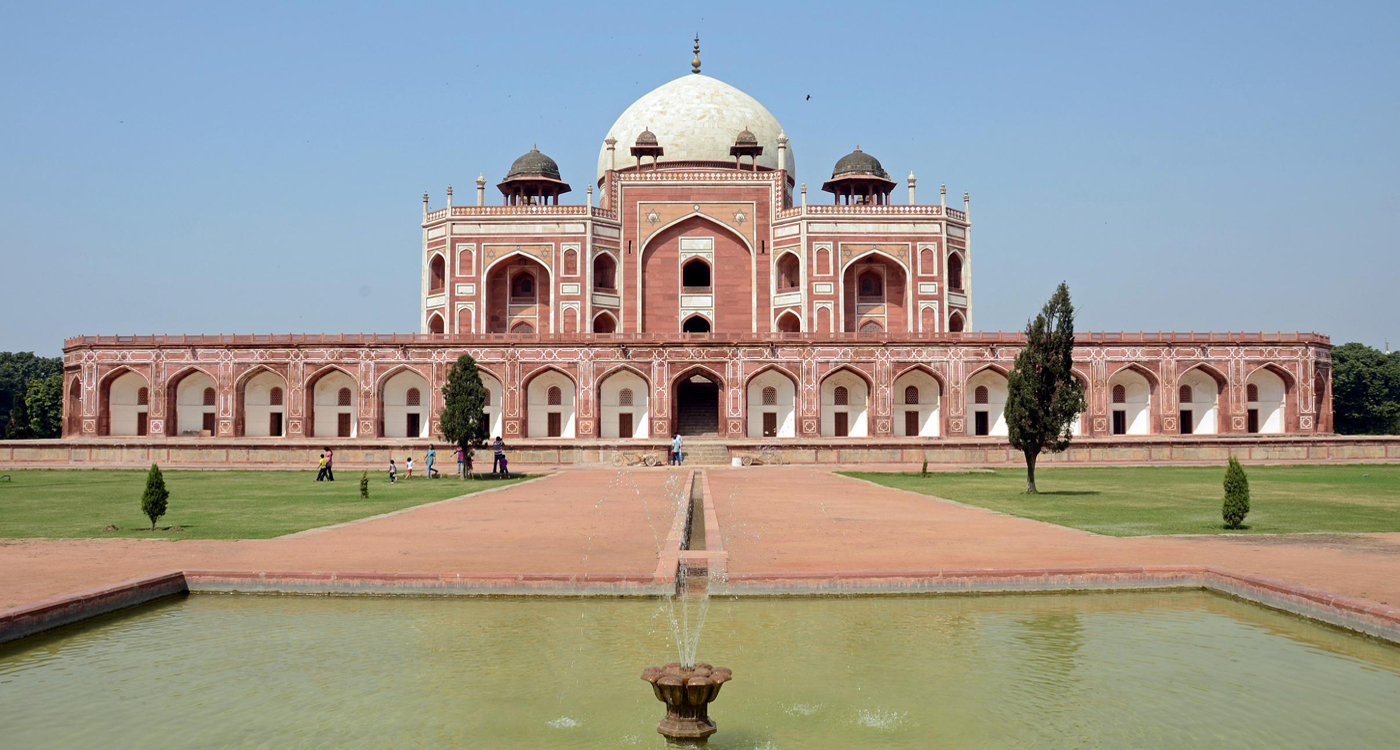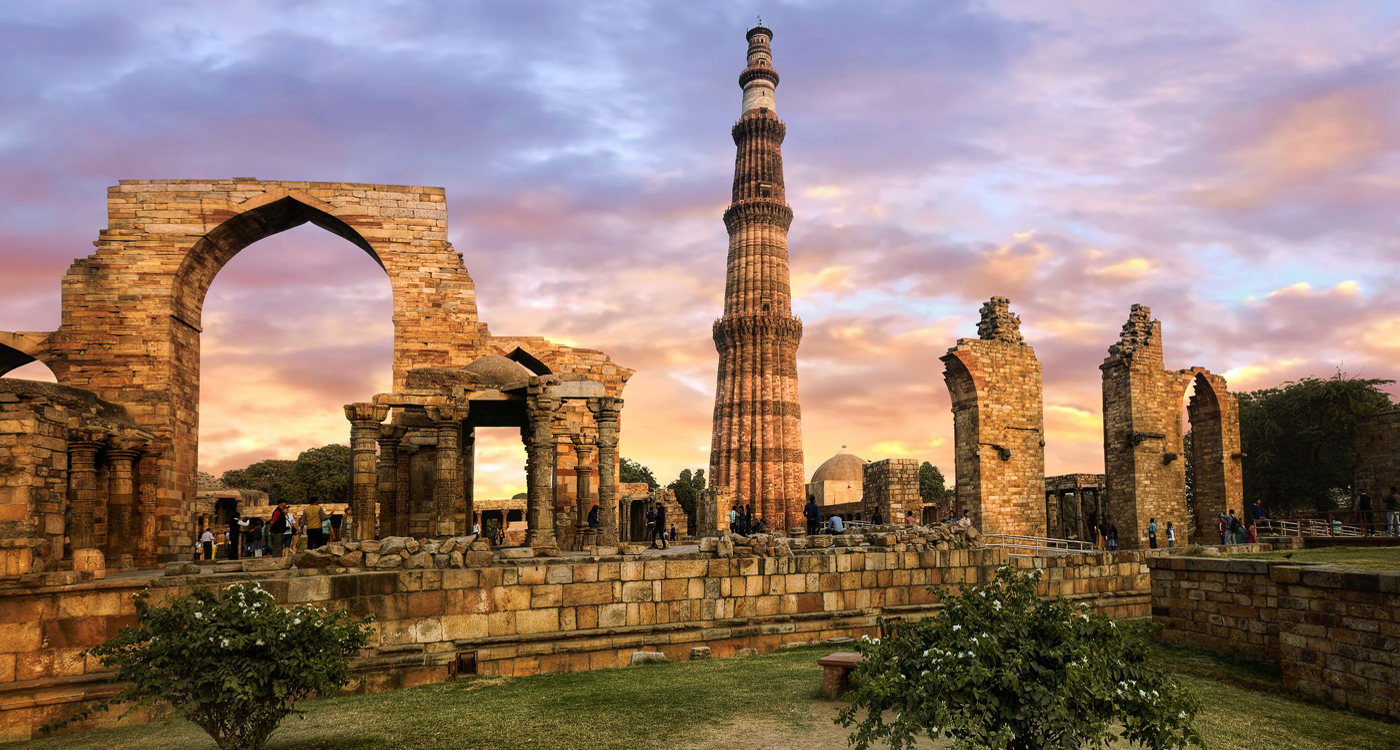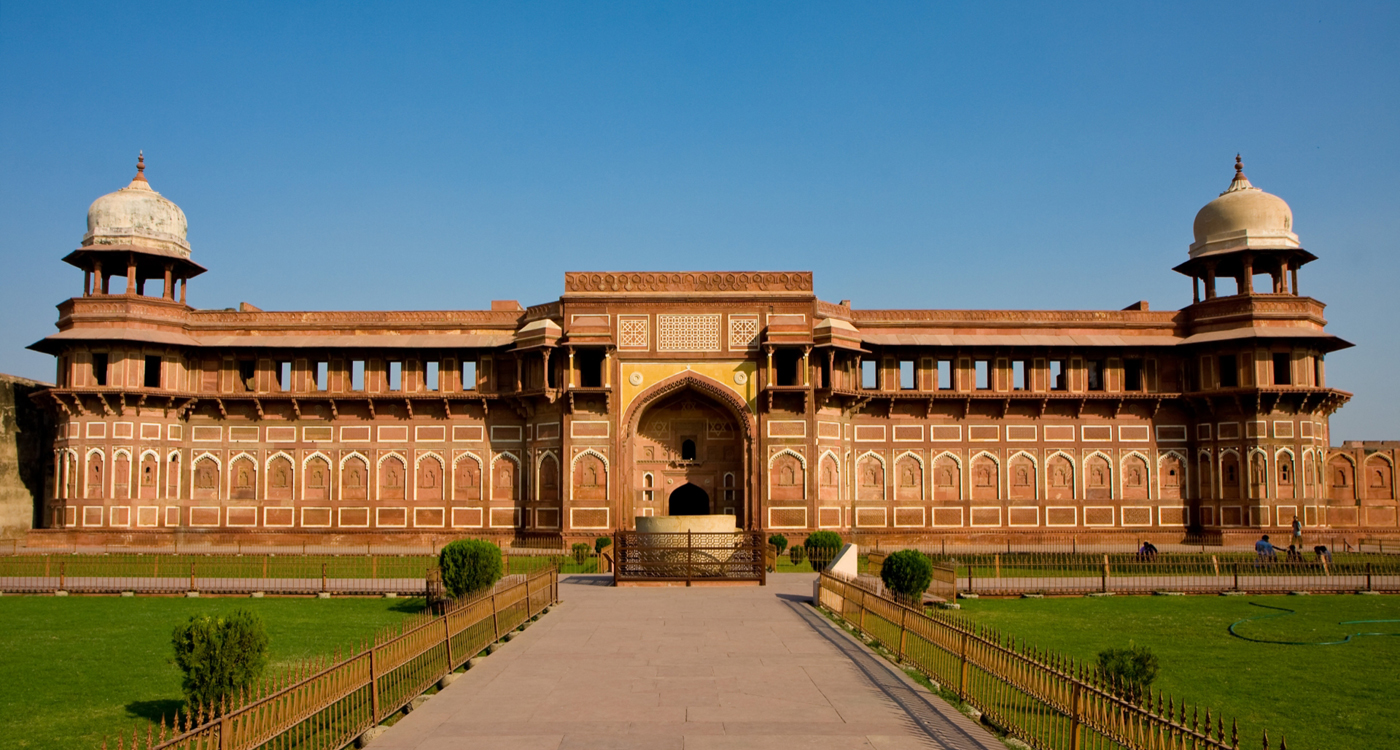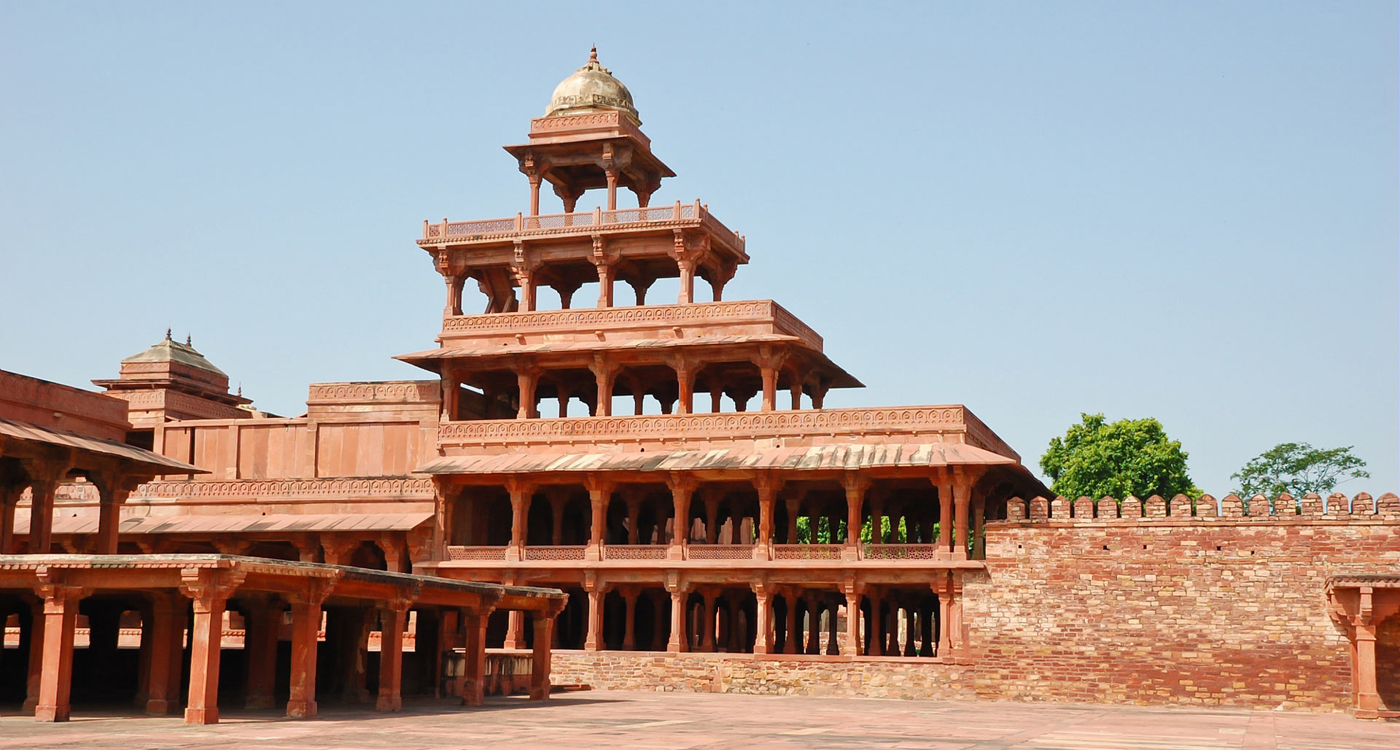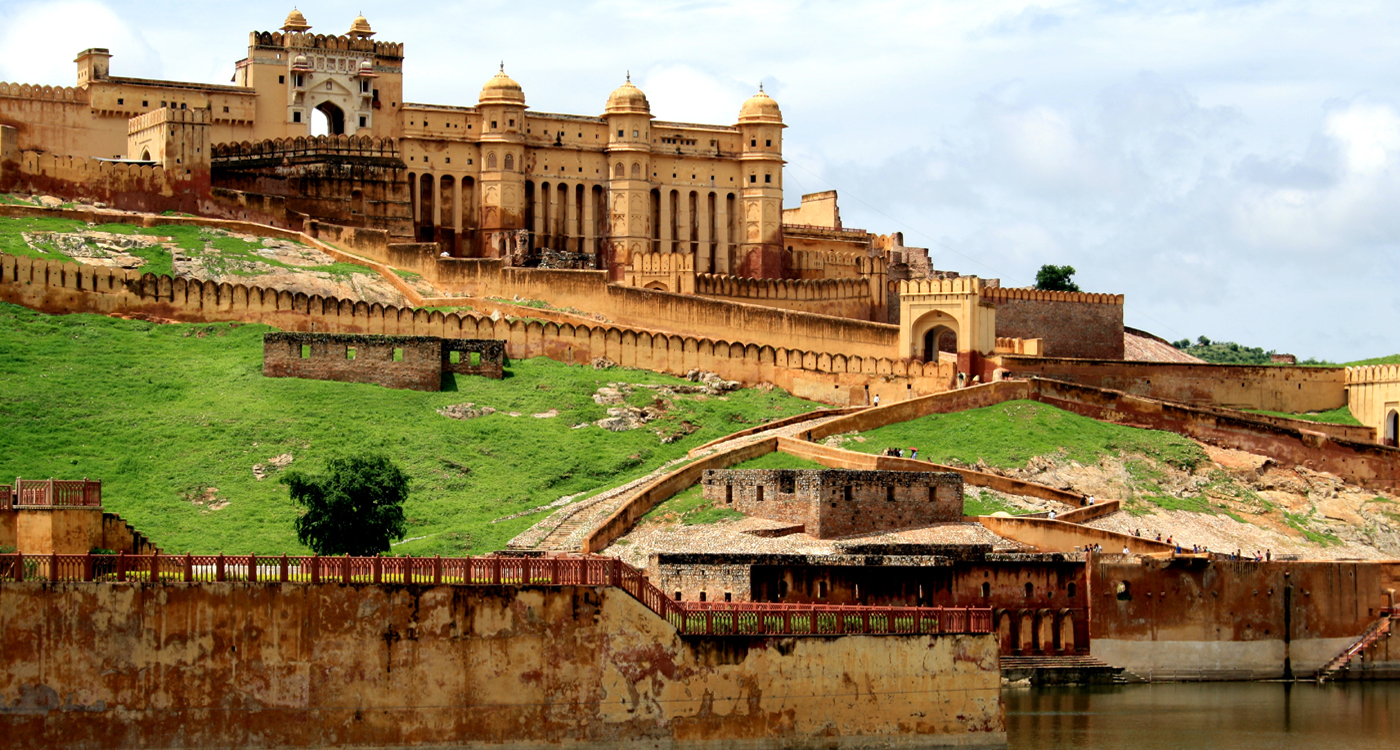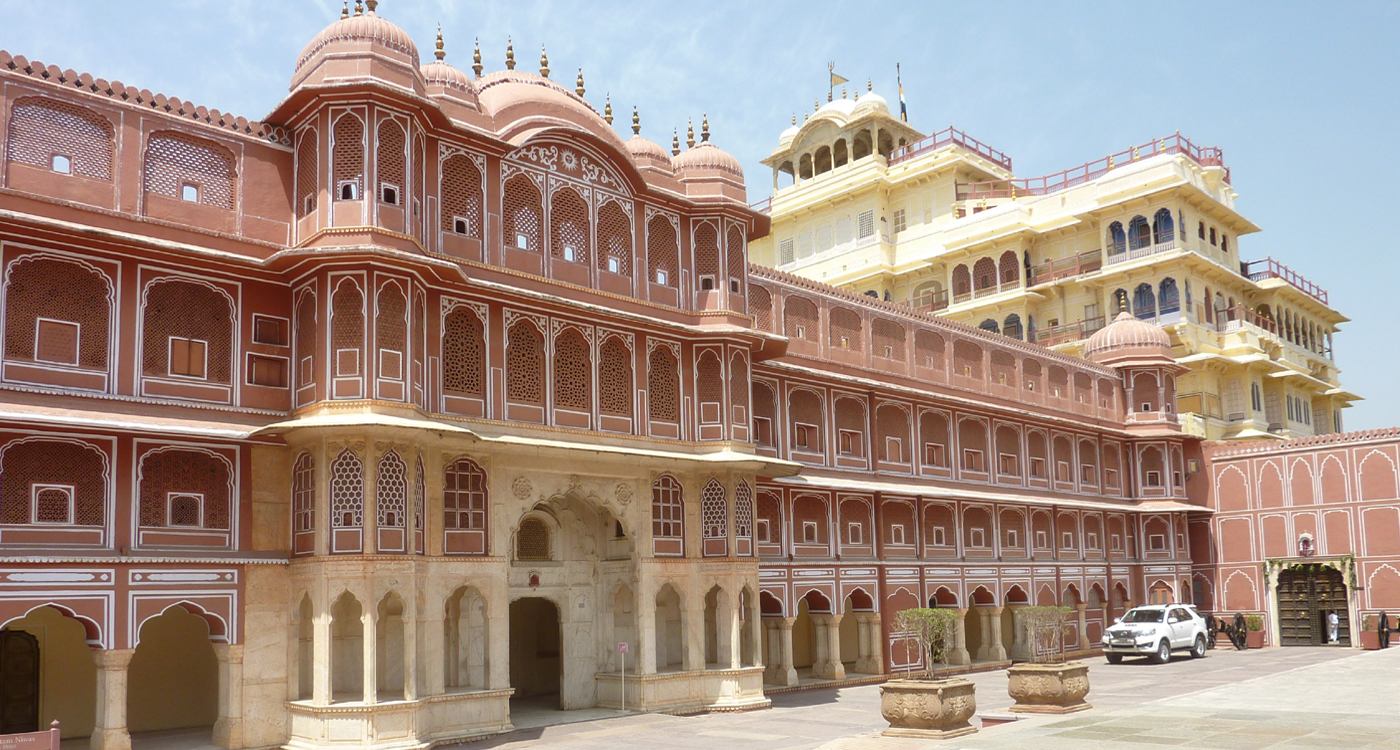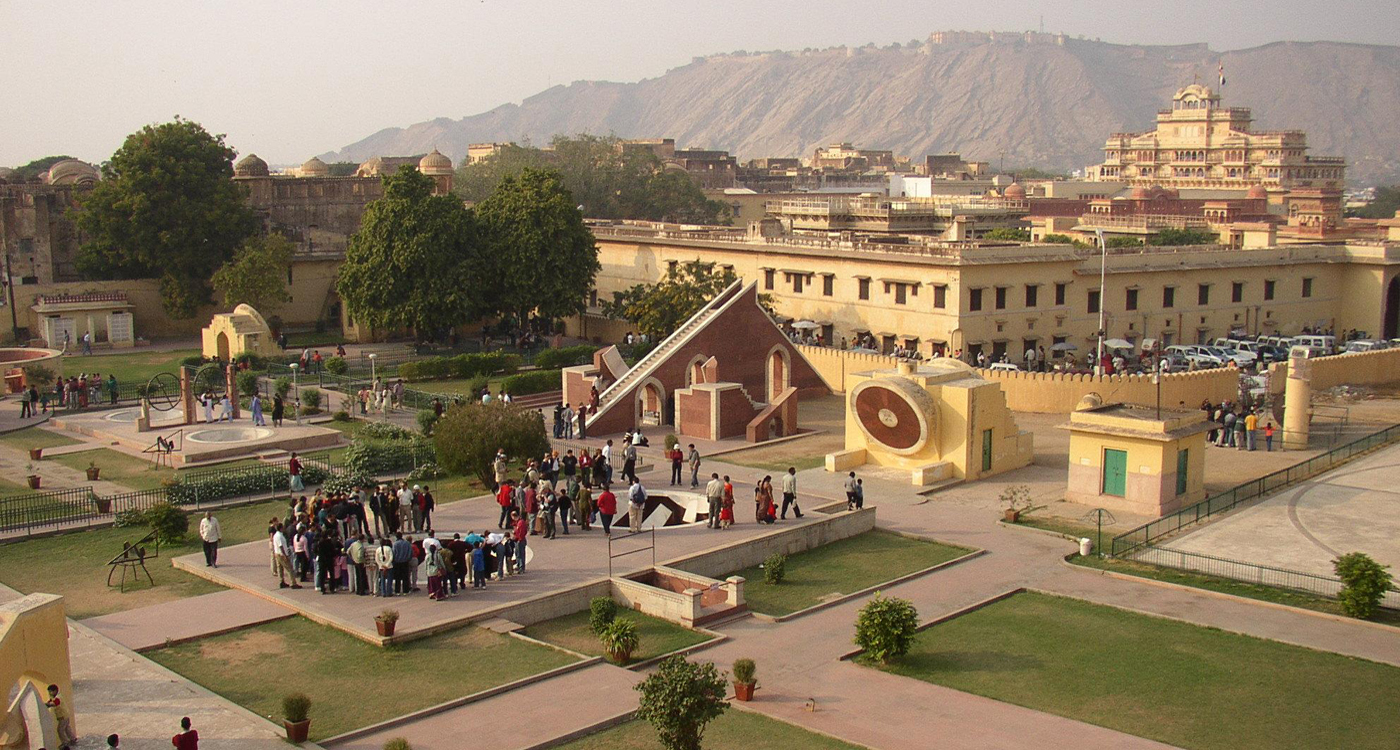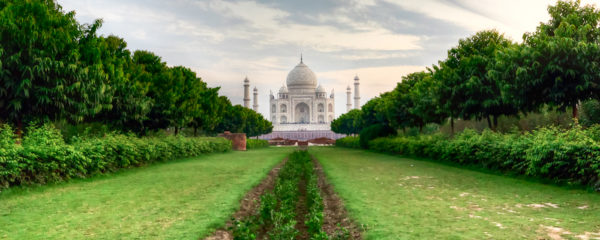When you think of Agra, the first thing that comes to mind is Taj Mahal. However, the city has a lot more to offer to […]
Top 10 Tourist attractions and places to visit in Golden Triangle India Tour
As the Golden Triangle offers a great experience of North India, millions of people visiting India make sure that they do not miss this tour. This makes the Golden Triangle tours one of the most sought after tour packages in India. The three cities of Delhi, Jaipur and Agra have a lot to offer with their rich history and unique culture. Golden triangle travel packages let you explore all the major tourist attractions in the three cities.
Some of the top tourist spots in a Golden Triangle India Tour are the Taj Mahal, Agra Fort, City Palace of Jaipur, Hawa Mahal, Amer Fort, Qutub Minar, Humayun’s Tomb, etc. You can experience some of the most incredible different architectural styles like Mughal, Rajasthani and even British. Apart from the architecture, the other things to enjoy are the local cuisines, Chauki Dhani where you can experience folk dances, songs and food, the local markets and emporiums as well.
In this article, we tell you about the top 10 tourist attractions and places to visit in a Golden Triangle tour.
Akshardham
Akshardham or Swaminarayan Akshardham is a temple and cultural complex in Delhi, India. The complex opened to the public in 2005. It highlights Hindu traditions, architecture, spirituality and culture. The main shrine is the focus point and is located at the centre of the complex. Various exhibition halls, thematic gardens, theatre, musical foundation and many more activity areas surround the main shrine. The theatre shows a documentary on the 7-year journey made by Swaminarayan throughout the country. There is a 12-minute boat ride highlighting the 10,000 years of heritage, Vedic lifestyle and other features of Indian history and culture. The multi-media water show is an enthralling experience as well.
Suggested Tours
3 Days Golden Triangle Tour
4 Days Golden Triangle Tour
5 Days Golden Triangle Tour
6 Days Golden Triangle Tour
Humayun’s Tomb
Humayun’s tomb is the resting place of the Mughal Emperor Humayun in Delhi, India. The monument was the first garden tomb in the Indian subcontinent and was the first structure that used red sandstone at such a scale as well. The UNESCO World Heritage Site has several smaller monuments around the main monument, some pre-dating the building itself. The main monument houses tombs of Bega Begum, Hamida Begum, and numerous other Mughal Emperors as well. Like most Mughal monuments, this too was built on the banks of the river Yamuna. The monument is a fine example of Mughal architecture with arches, mini minarets, domes and Arabic engravings, which makes it a must visit.
Qutub Minar
Qutub Minar, located in Delhi, is the tallest brick minaret in the world. The minaret is a part of the huge Qutub complex, which is a UNESCO World Heritage Site. The 73-metre tall tower of five stories has a diameter of 14.3 metres at the bottom and reduces to 2.7 metres at the top. The tower has a spiral staircase with 379 steps with balconies on the first three floors. Quwat-ul-Aslam mosque and Alaudin Khilji’s tomb are the major buildings, among many other structural remains that are part of the complex. Ashoka Pillar is an iron pillar present in the complex that has seen next to no corrosion over hundreds of years!
Suggested Tours
Golden Triangle with Taj Hotels
Golden Triangle with Luxury Hotels
Golden Triangle with Oberoi Hotels
7 Days Luxury Golden Triangle Tour
Taj Mahal
Taj Mahal, one of the most popular monuments in the world, is located in Agra, India. The ivory-white mausoleum was built on the southern banks of river Yamuna in 1632 by Mughal Emperor Shah Jahan, in the loving memory of his wife Mumtaz Mahal. The monument, widely regarded as the best example of Mughal architecture, has white marbles inlaid with semi-precious stones for intricate design works. The main structure is a large multi-chambered cube with four minarets framing the structure. There are false sarcophagi of Mumtaz Mahal and Shah Jahan in the main chamber with the actual tombs in the lower levels. The whole complex has multiple gardens and a mosque as well. At night, the charm of the monument increases.
[ You may like to read Top 10 Places to Visit in North India ]
Agra Fort
Agra Fort was the main residence of Mughal Emperors until 1638 and therefore has a lot of historical significance. The fort was initially the palace of Ibrahim Lodi and was used by the Lodi dynasty until Babur captured the city and started the Mughal reign. All the rulers had something built according to their taste inside the huge complex. The fort city has 70-ft high walls running parallel to the river on one side with huge entrance gates. The Delhi Gate and Lahore Gate are the most popular gates with Delhi gate considered the grandest during the reign of Akbar.
Suggested Tours
Golden Triangle with Ranthambore Tour
Golden Triangle with Varanasi Tour
Golden Triangle with Shimla Tour
Fatehpur Sikri
Fatehpur Sikhri is a fort city in Agra, founded by the Mughal Emperor Akbar. The grand fort city was the capital of the Mughal Empire during the years of 1571-1585. Buland Darwaza, the 54-meter high entrance to the complex of the Fatehpur Sikri complex, highlights the grandeur the fort city possesses. The fort follows a Timurid style of architecture and is built mainly with red sandstone. There is a touch of Gujarati flavour in the architecture and décor of the palaces in the city. The well-preserved complex serves as a great model of efficient architecture and the lifestyle the people had during that time.
[ You may like to read Top 10 things to do in Golden Triangle India ]
Abhaneri stepwell
Abhaneri stepwell, called Chand Baori, is an ancient stepwell made by the natives of the Abha Nagri village in 10th century. The site is a fine example of beautiful architecture included in something that is useful to people and not just a monument. The well is 20 meters deep and has 13 different levels. The villagers used the stepwell to store rainwater and use it for various purposes. It is considered the biggest and the deepest well in India and has many small structures spread around the well. Harshat Mata Temple is one such structure built around 9th century and even though it is now in ruins, you can see the beautiful designs and artwork done on its walls.
Suggested Tours
Golden Triangle with Khajuraho Varanasi Tour
Golden Triangle with Kerala Tour
Golden Triangle with Rajasthan Tour
Amber Fort
Amber or Amer Fort is located close to the capital city of Rajasthan, Jaipur. It is one of the major tourist attractions in Jaipur, standing on top of a hill. The fort is mainly built using red sandstone and marbles and is laid out on four levels with their own courtyards. Maota Lake lying adjacent to the fort was its major water source during its era. One can see the whole of Jaipur from here with great views. The fort is a fine example of Hindu architecture with many fresco paintings, murals, intricate design works and statues. The fort is famous for its large ramparts and cobbled paths leading to a series of gates. The major structures inside the complex are Diwan-i-Aam, Diwan-i-Khas, Sheesh Mahal and Sukh Niwas.
[ You may like to read Best time to visit Golden Triangle India ]
City Palace
City Palace is the palace complex of Jaipur, the capital city of Rajasthan. The Maharaja of Jaipur, Jai Singh built the palace’s outer walls. There were many additions made by the subsequent rulers till the 20th century to give it the current look. The palace complex includes Chandra Mahal, Mubarak Mahal and other buildings. It has a vast array of courtyards, gardens and royal buildings throughout the complex. The other prominent buildings inside the complex are Mukut Mahal, Maharani’s Palace and the City Palace Museum. Halls like Diwan-i-khas and Diwan-i-Am are enchanting chambers with colourful ceilings and beautiful artworks.
Suggested Tours
Golden Triangle Varanasi Kerala Tour
Golden Triangle Goa and Kerala Tour
Golden Triangle Tigers and Kerala Tour
Golden Triangle with Goa and Mumbai Tour
Jantar Mantar
Jantar Mantar is a collection of 19 astronomical instruments built by the Rajput king Sawai Jai Singh II, completed in 1734 in the city of Jaipur, Rajasthan. The UNESCO World Heritage Site houses the world’s largest stone sundial. The structures present in the complex allow you to make astronomical observations with the naked eye. The monument has different instruments operating in each of the three celestial coordinate systems. One of the major instruments apart from the sundial is the Kapala Yantrapaksha, as it works in two systems with easy transitions in the system. The instruments in the site were mainly used by the king to help him with war strategies based on the movement of celestial bodies.

